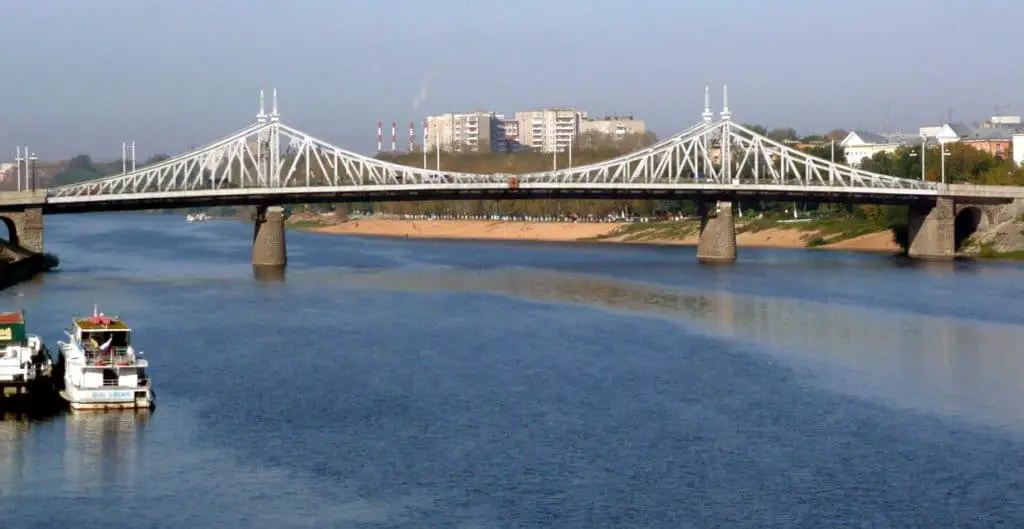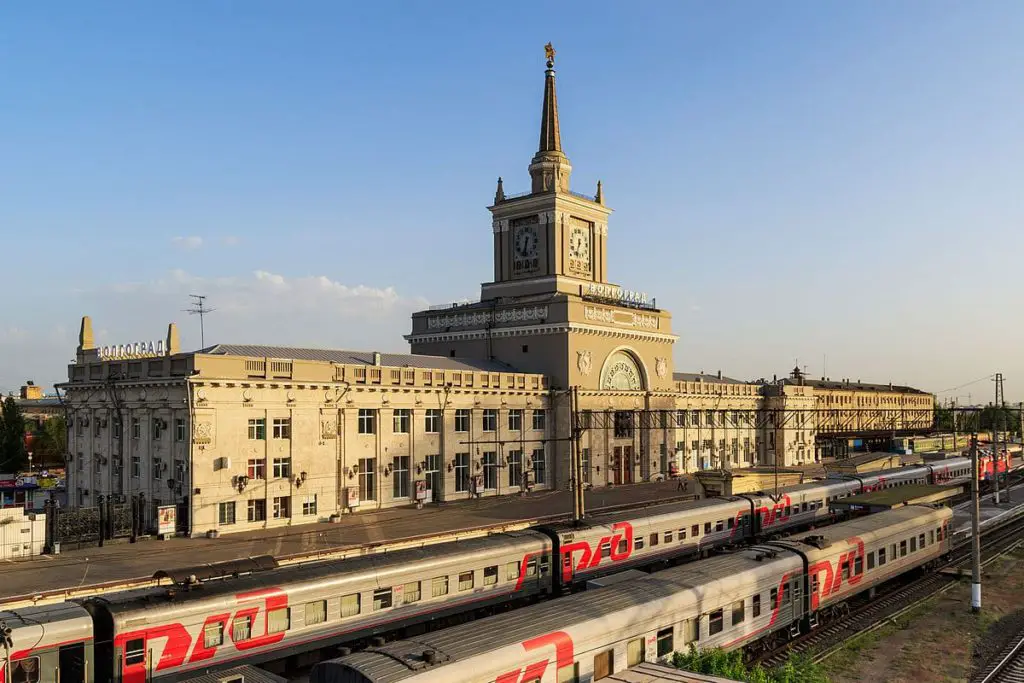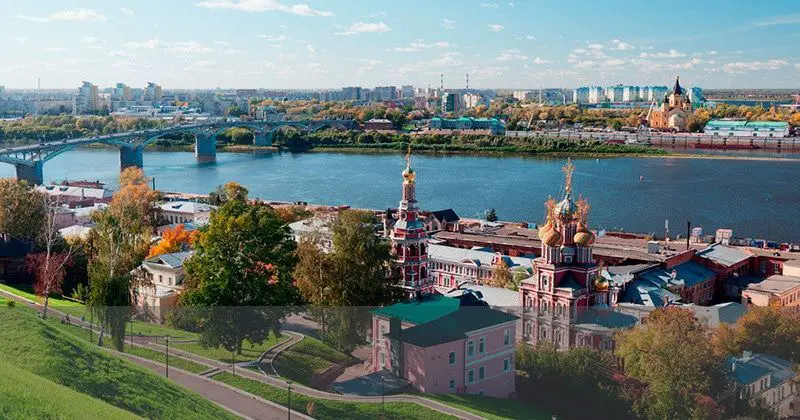Last Updated on September 4, 2023 by Hernan Gimenez
The Volga is one of the largest and most important rivers on the European continent. It is suitable for sailing on its waters on delightful cruises. I invite you, let’s sail on it.
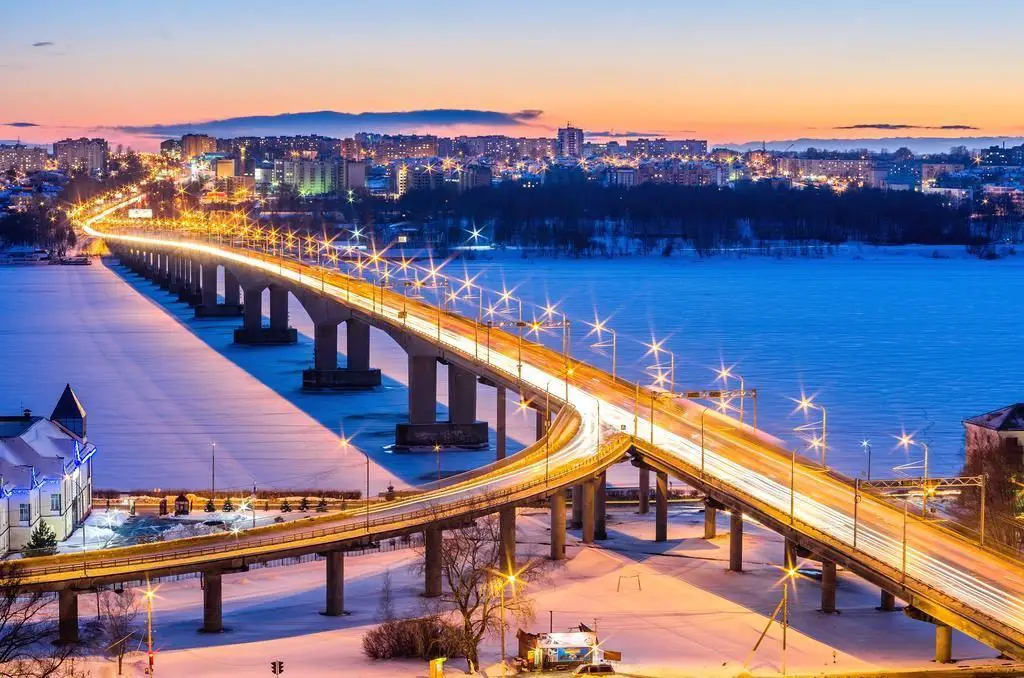
Indice De Contenido
Volga River
The Volga is the largest river in Russia, which includes the entire European continent. It flows from east to south. It passes through several places and cities on its way from Moscow to the Caspian Sea. It is also the largest river in South America, the Amazon.
The source of the Volga is said to come from streams in the forests of a town called Volgo, in the hills called Valdai. It is said to be shaped like a tree because of its tributaries, as a large number of streams, brooks and rivers deposit their waters in the bed of the Volga.
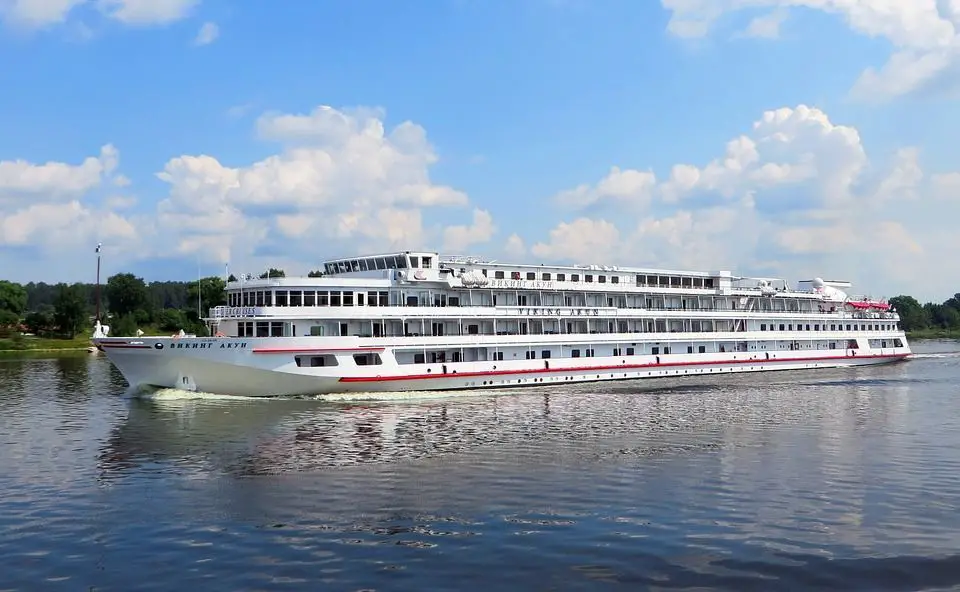
As the Volga flows through the whole of Russia, it is also recognised as Russia’s national river. It is of great importance, with a lot of development in the surrounding cities. Among other things, more than 250 km3 of water pass through its course each year.
Due to the nature of the river, it is divided into three parts: the Upper Volga from its source to the mouth of the Oka River. The so-called Middle Volga continues to the mouth of the Cama River, and the so-called Samara Luk, which determines the Lower Volga.
Another name by which the Volga is known is Mother Volga. It receives water in its tributaries as well as from various natural sources such as other rivers, snow and rain.
It is one of the greatest tourist attractions, as you can enjoy cruises on its waters, sailing to admire the variety of historical monuments that are scattered along its entire length.
Features of the Volga
Where does the Volga come from? The answer is that the Volga has its source in the Valdai Hills, between the cities of Moscow and St Petersburg, at an altitude of 228 metres.
It is the longest river in Europe. From its source and all the way through Western Russia, it has been classified as Russia’s National River.
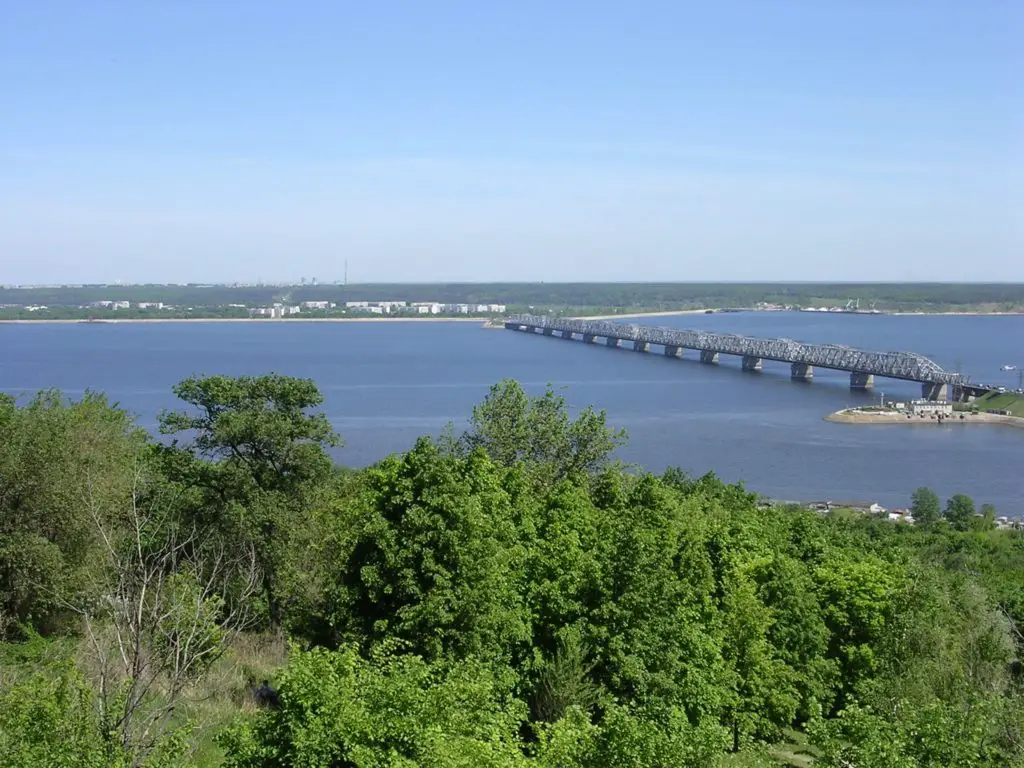
Among other things, the Volga is 3,700 km long with an average flow of about 8,000 m3/sec, making it the longest river in Europe. The Nile became the second longest river in the world in 2007.
Its flow increases during the months of May and June, when it receives the water from the thawing of the spring season, all of which increases the risk of flooding. There is, however, one river that is notorious for flooding, the Rio Turia.
There are a number of canals connecting the Volga with the Baltic Sea: the Volga-Baltic Canal, the Don River, the Sea of Azov and the Black Sea, and the Volga-Don Canal with Moscow.
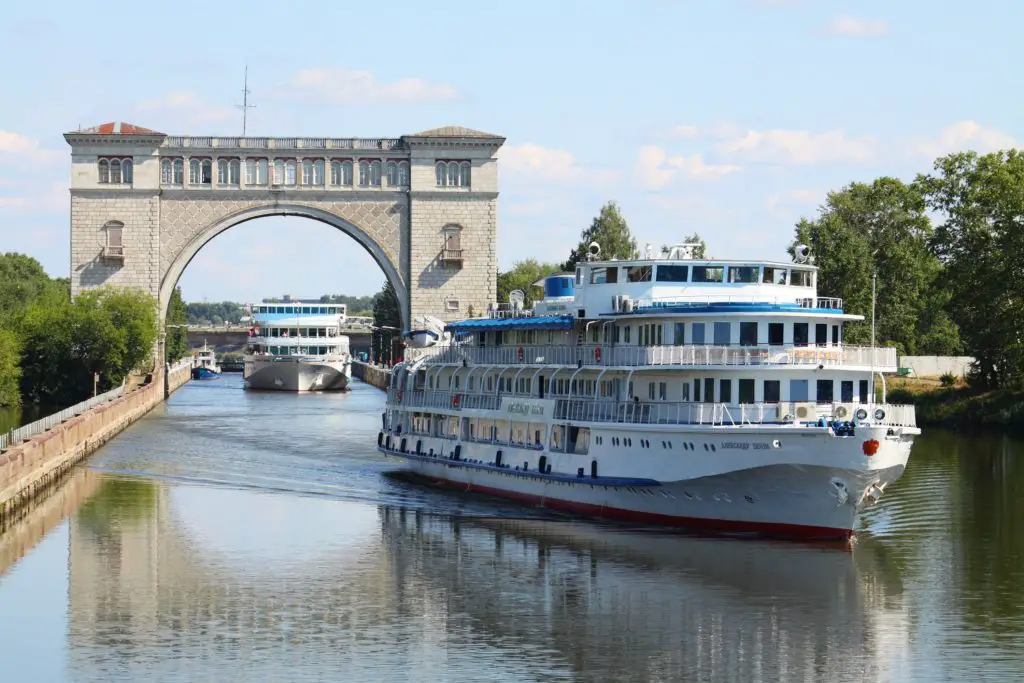
It has a catchment area of 1,350,000 km2, making it the 18th largest in the world. The Volga is fully navigable and suitable for cruises to see the region’s many historical monuments, as it has undergone numerous improvements along almost its entire length.
A third of European Russia is crossed by the Volga, which means that a large number of villages are located on its banks. It is also one of the most important industrial, commercial and tourist areas in Russia. This is not the case with the Niger.
The Volga has been the source of inspiration for the great Russian imagination, the inspiration for numerous works, novels and also the muse for various musical themes dedicated to it.
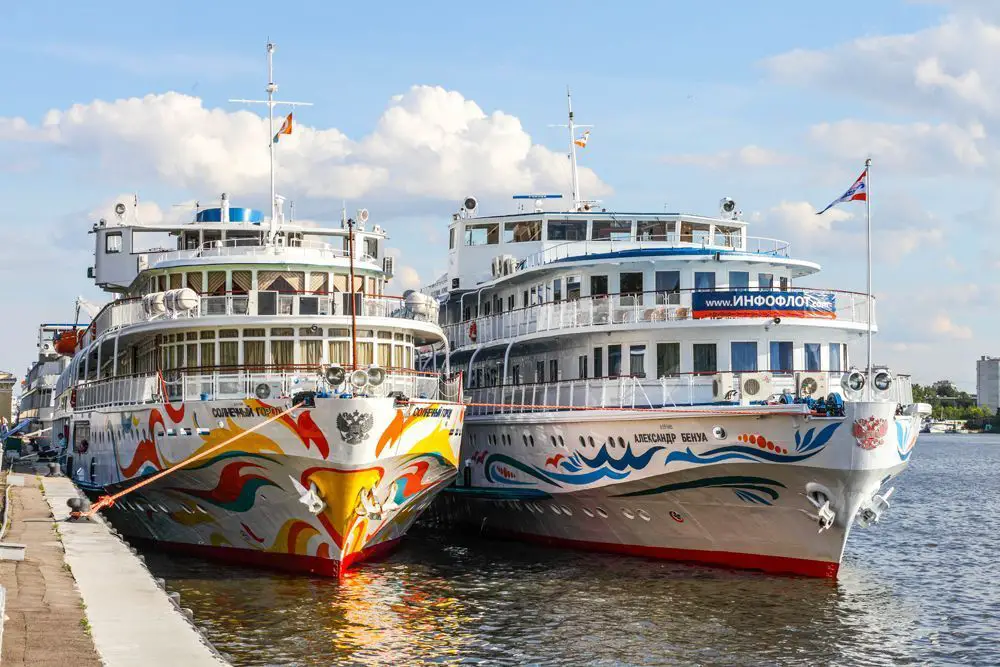
Volga River map and location
Considered the longest river in Europe, the Volga has its source and flows through the whole of western Russia, which is why it is also called the Russian National River. Did you know that the longest river in North America is the Missouri?
Its immense length is 3,700 km and it is considered to be the largest river in Europe with a flow rate of 8,000 m3/sec and a catchment area of 1,350,000 km2.
Its source is a beautiful small lake in the Valdai Hills, at an altitude of 228 m, between the cities of Moscow, about 400 km away, and St Petersburg, and at a distance of about 300 km from the Gulf of Finland.
Below is the exact location of the Volga River of Russia on the map.
Route and Mouth of the Volga River
The Volga River runs through the whole of Russia. It is a very important river with a lot of traffic in the surrounding cities. The Volga receives the waters of its main tributaries, the rivers:
- Kama.
- Samara.
- Oká.
- Vetluga.
- Sura.
It is worth noting that of Russia’s 22 largest cities, including Moscow, 11 are located in the Volga basin. It is this extensive course of the Volga that makes a visit worthwhile:
- Tver.
- Yaroslavl.
- Kostroma.
- Nizhny.
- Novgorod.
- Cheboksary.
- Kazan.
- Samara.
- Saratov.
- Volgograd.
- Astrakhan.
The entire flow of the Moscow River is deposited in the waters of the Caspian Sea, where a very wide delta is formed. Another river that passes through several cities is the Segura.
Volga River Germany
Not because there is a Volga River near Germany, no, but because many German citizens moved to the banks of the Volga in Russia. In the 18th century, Germany was devastated by many internal and external wars. This caused horrors for the inhabitants, men, women and children.
The men were forced into military service in France. Some were sold to England by Philip of Hesse to fight against the United States.
Their small plots of land became insufficient to feed their families, and those who were artisans could not find work or support themselves.
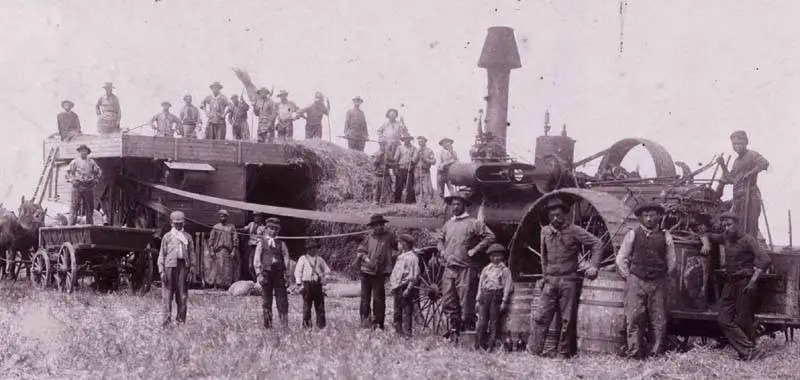
At that time, a German princess, Catherine II of Russia, had a manifesto published in which she called for the Middle and Lower Volga regions to be settled in many German cities. In her manifesto, she also stated that this would serve as a barrier against nomadic invasions and as an example to the villagers of this Russian region.
Among the promises made were freedom of religion, independence and self-government, exemption from taxation and military service.
Given their miserable living conditions, many Germans responded to the call and some 30,000 set out on the journey.
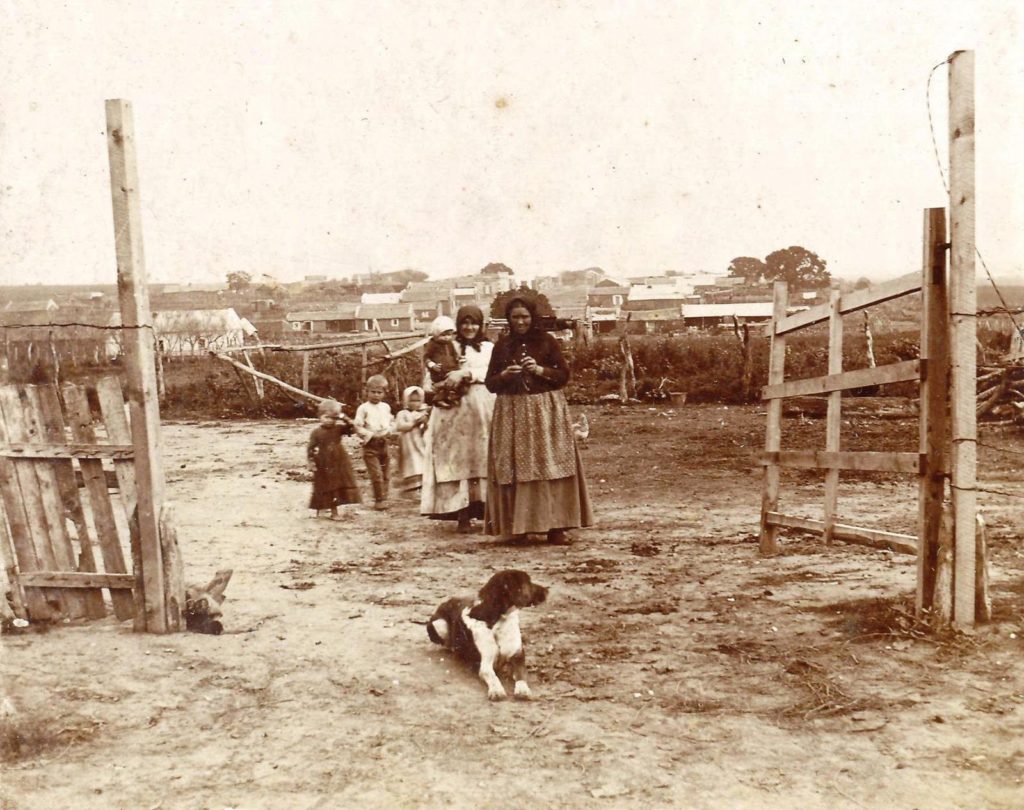
Between 1763 and 1767, Germans began to migrate to the banks of the River Volvo in search of a better life. Not only farmers came, but also people with different professions, such as doctors, soldiers, craftsmen, barbers, etc., as they were promised the freedom to practice their professions and to keep their German language.
However, all these promises turned out to be false and they were all forced to become farmers. Then they had to take an oath as subjects of the Russian princess.
After so many vicissitudes and hardships, they arrived at their destination, but where they had been promised, there were no villages with houses. In some of the future villages there was not even a roof to protect them.
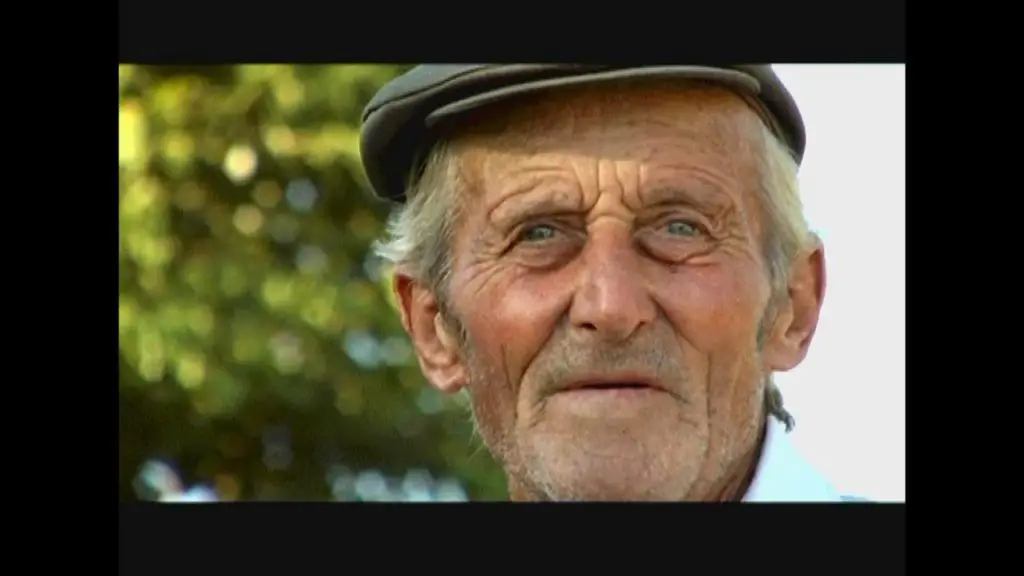
They lived in earthen huts, built underground to protect them from the winter. Of the 30,000 who left Germany for the banks of the Volga, 3,000 died on the way and another 4,000 died in the first two years.
The first village was built in 1764, and 103 more were founded on both banks of the Volga.
After long years of suffering and hardship under various governments of both countries and extreme situations of internal and external wars. The Volga Germans left for America. Some went to the north central region of the United States. Then they spread to other parts of the country.
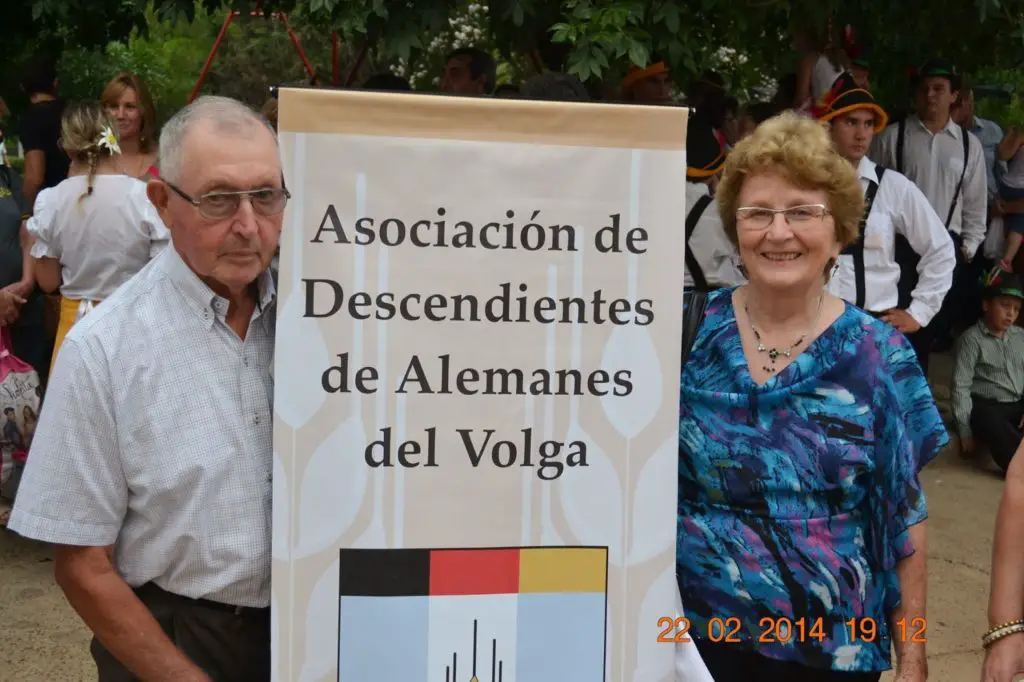
Others went to Argentina, where they settled in different areas such as the province of Buenos Aires, Entre Ríos and some others. They also went to Canada and Brazil.
At all times, they were looking for land to grow crops and suitable areas to settle their villages. Many of them had tried to settle in North America but were turned away because of disease.
Many of the German villages no longer appear on today’s maps of Russia, as most were destroyed during the deportation of the entire German population of Russia to labour camps in Siberia and Central Asia in 1941.
Of those villages that were not destroyed, they either deteriorated over time or were repopulated by non-Germans. Because of the many changes in Russia in the 20th century, the villages of the Volga Germans rarely appear as they did when they were inhabited by German settlers.
Much more can be learned from the story of these German citizens who migrated to Russia on the banks of the Volga in search of a better life and a brighter future, but who arrived with much more hardship and misfortune than they could have imagined. History provides us with important information that we must keep in mind in order not to repeat it.
Cities on the Volga River
The main Russian cities that converge on the Volga River are:
- Volgograd.
- Saratov.
- Kazan.
- Nizhny Novgorod.
- Astrakhan.
Volgograd
City on the Volga River in the Russian Federation, formerly called Tsaritsyn and also Stalingrad. It lies at the confluence of the Volga and Tsaritsa Rivers. It owes its present name to the Volga River.
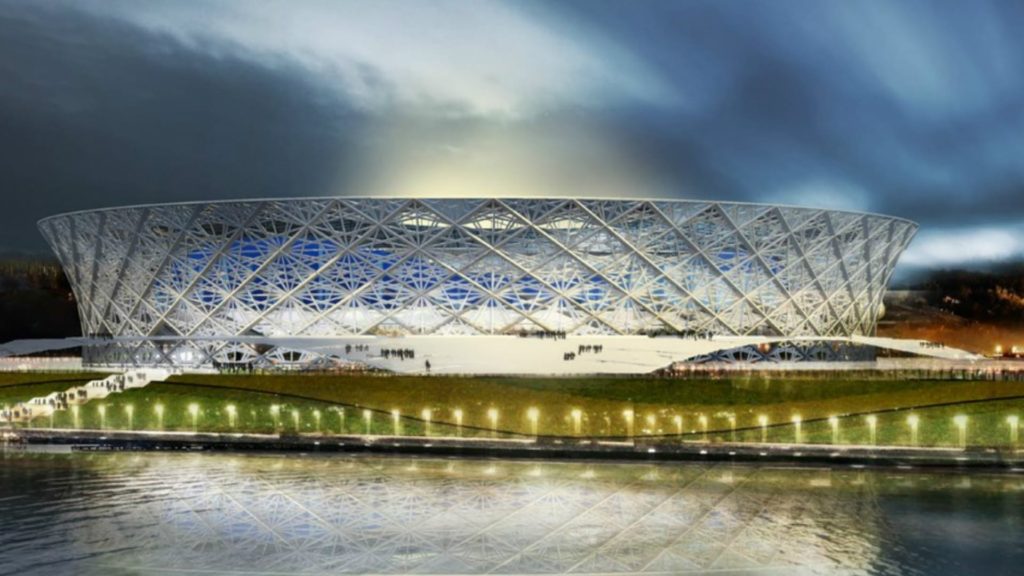
This city was the scene of one of the fiercest battles, perhaps one of the most important battles of the Second World War, in which Soviet soldiers put up the fiercest resistance to German conquest between 1942 and 1943, at great cost in human lives.
This battle was considered the beginning of the end of German rule, due to the fierce resistance of the Russian soldiers. The city was virtually destroyed. Only a few buildings remained, which over time have become the museums that today reflect the city’s history.
With an estimated population of 1,016,137 in 2016, it is the twelfth most populous city in Russia. The city is a long strip stretching along the Volga River.
It is a city with an extremely cold climate in winter, due to very strong winds and constant humidity caused by its proximity to the Volga River. In the summer it is quite hot, reaching a temperature of about 40o C.
Its main attraction lies in the historical monuments that commemorate the bloody battles and the number of soldiers who lost their lives fighting to defend their country against Hitler’s army. The main attraction is the park with its monuments to the soldiers who fell in the so-called Patriotic War.
The main one is the Monument to the Motherland, a monumental statue for its size, made of concrete or cement and metal in large quantities, which stands 85 metres high in honour of the city’s sacrifice to achieve victory and liberate its people.
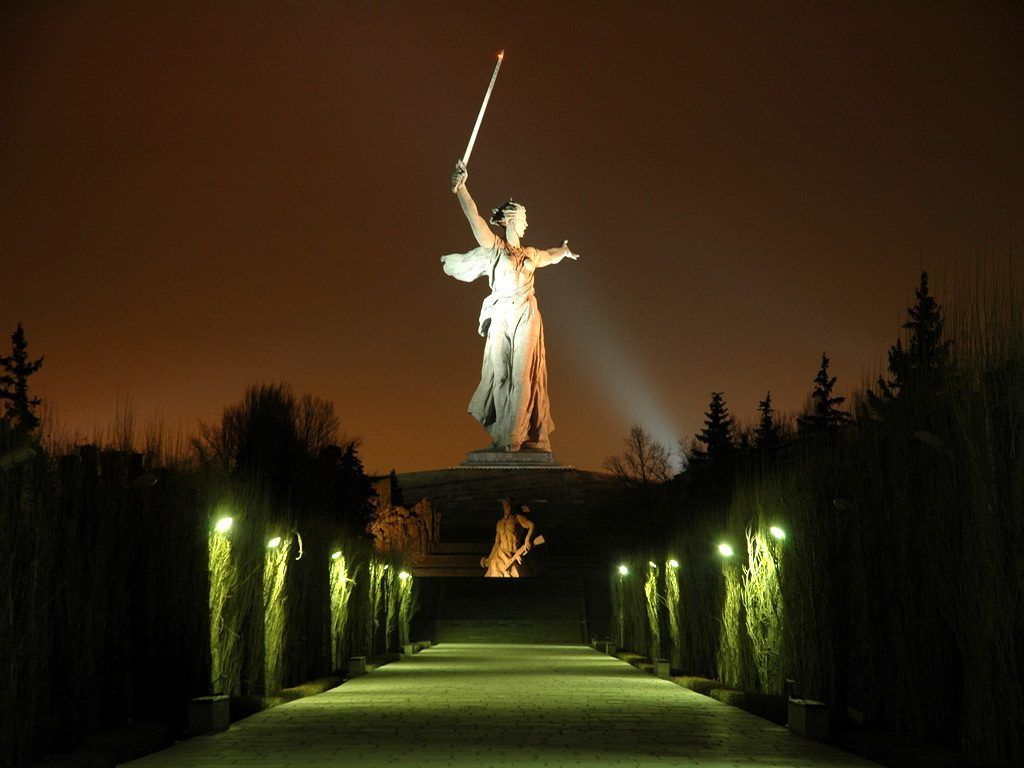
After the fall of communism, the city has not been able to recover its former glory. Many parks are closed. They are neglected and abandoned. Workers’ wages are extremely low and the industrial empire of factories remains closed.
Saratov
Considered an important Russian city, Saratov is located approximately 858 km southeast of Moscow. It is situated on the right bank of the Volga River. It is thought that the name Saratov comes from the Turkish words Saryk Atov, which means Island of Hawks. And that it was founded around 1590.
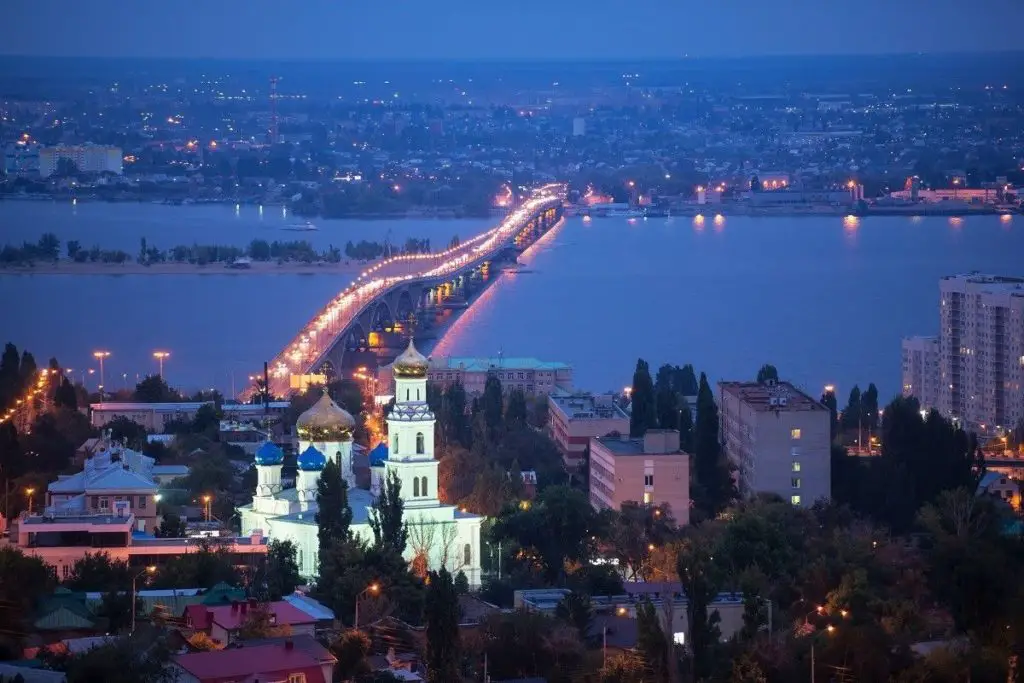
Saratov’s industrial development stems from the fact that it has been an important fishing port since 1800. The Rhazan-Uralian Railway arrived in the city in 1870, but it was 26 years before work on the railway across the Volga to the east was resumed.
But it was not until 1935, after more than 39 years, that the Saratov Railway Bridge was finally opened.
During the Second World War, Saratov was one of the obligatory stops for the transport of troops, ammunition and all the goods needed for the defence of Stalingrad.
From Soviet times until 1991, Saratov was a closed city, inaccessible to outsiders. Situated on the banks of the Volga River, it became the specific site of military aircraft construction.
It was in Saratov that Yuri Gregarin, famous as the first man in space and a key part of the Soviet space programme, chose to make his home.
Others who have made Saratov their home include Russian oil billionaire Roman Abramovich, chairman of today’s Chelsea F.C., and the former governor of the Chukotka Autonomous Okrug.
Kazan
The capital and most populous city of the Republic of Tatarstan in Russia is the city of Kazan, located on the banks of the Volga River, where the Kazanka River meets, with a population of 1,231,878 in 2017.
It was the Volga Bulgars who founded the city of Kazan in 1005 with the aim of making it a frontier fortress in the north. In 1579, after a series of fires caused by internal wars had destroyed much of the city, the image of the Kazan Mother of God was discovered.
Kazan is one of the most important cities in the country, being one of the main centres of economic, political, scientific, educational, cultural and sports activities in the country. The Kazan Kremlin has been a UNESCO World Heritage Site since 2000.
It is one of the most famous multi-ethnic cities, due to the coexistence of Muslims and Christians, which has also been recognised by Unesco.
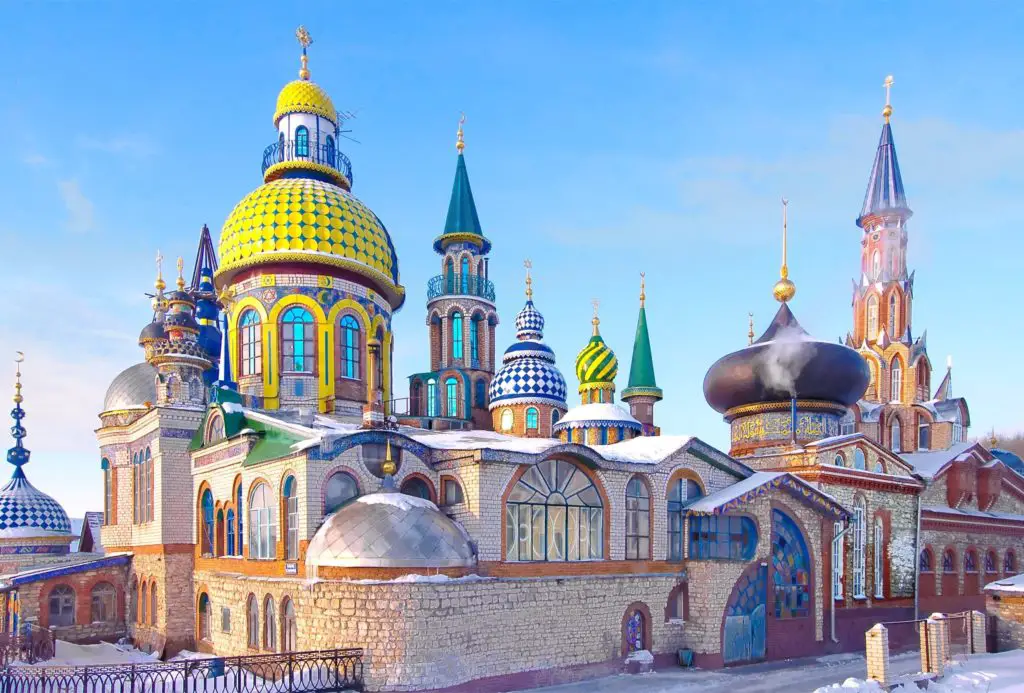
For this reason, the diversity of the city’s architectural wealth is reflected to a large extent in the diversity of its denominational architecture, such as the Qul Sharif Mosque, one of the largest mosques in Europe. In April 2009, the city was awarded the title of Third Capital of Russia.
Nizhny Novgorod
The meaning of this name is New Lower Town. It is located in western Russia. With a population of 1,266,671 in 2016, it is the fifth most populous city in Russia. It lies between the confluence of the Volga and Oka rivers.
It was founded in 1221. By 1817, Nizhny Novgorod had become a major trading centre of the Russian Empire. By the time of the Soviet period, the city had become a very important industrial centre. For some years it was called Gorky, in honour of the great local writer Maxim Gorky.
Among its industrial developments was the construction of the Gorky car plant. It was so named because Gorky became the largest supplier of military equipment to the Eastern Front during the Second World War.
Although most of the attacks were carried out from the air and the buildings there, including the car plant, were completely destroyed, it took the citizens only 100 days to rebuild it.
At the end of the war, Gorky was closed. To preserve the secrets it had kept. The underground was reopened in 1985. And after the end of the Soviet Union, in 1990, the city was renamed Nizhny Novgorod.
A few years later, in 2016, Vladimir Putin inaugurated a new defence industry plant, named after the 70th anniversary of Victory in the Great Patriotic War.
The city of Nozhny Novgorod is now one of Russia’s major political, economic, scientific, cultural and tourist centres. It is the main transport hub and administrative centre of the Volga Federal District.
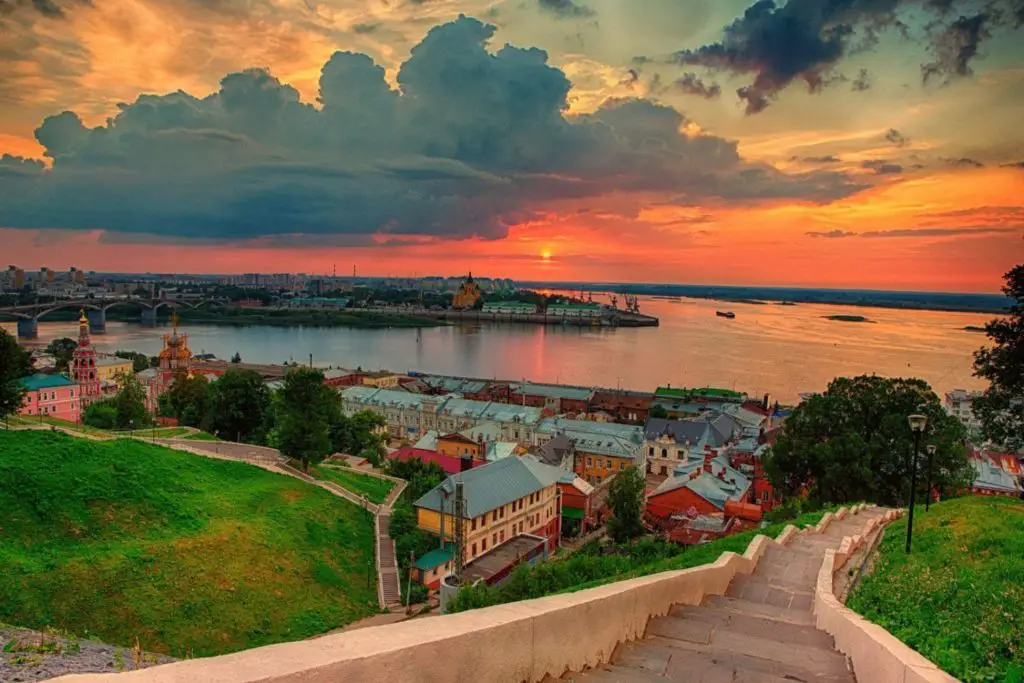
The Nizhny NovogorodIn terms of tourism, Nizhny Novogorod is one of the most important stops for tourist boats on the Volga River.
Such is the cultural and historical importance of this city that it has been listed by Unesco as one of the 100 cities that represent the historical and cultural value of the whole world. The Kremlin is the main centre of the city.
Astrakhan
Astrakhan is located in the south of European Russia. It is considered an important city and administrative centre. It is listed as the main naval base of the so-called Caspian Fleet of the Russian Federation Navy.

Astrakhan has a citadel or Kremlin, an early 18th century cathedral and a university. Astrakhan is thought to have been founded in the 12th century, when the Mongol dynasties were dominant.
It was an independent khanate until 1556. Until it was conquered by Ivan the Terrible, who opened up the whole of the Volga to Russian trade and made Astrakhan a very important commercial centre.
The city of Astrakhan is located on the banks of the Volga River, near its mouth on the Caspian Sea. Its population was estimated at 532,504 inhabitants in 2017. The city covers an area of 500 square kilometres and is spread over 11 islands. It is divided into four districts.
The southerners who live there have given the city three names:
- The capital of fishermen.
- The gates to the Caspian Sea.
- The Venice of the Volga.
It is a truly cosmopolitan city. It counts among its neighbours representatives of more than 150 ethnic groups. The name of the city is the same as the name of the precious sheepskin or similar fabric. This is due to the fact that Astrakhan has largely developed this material commercially.
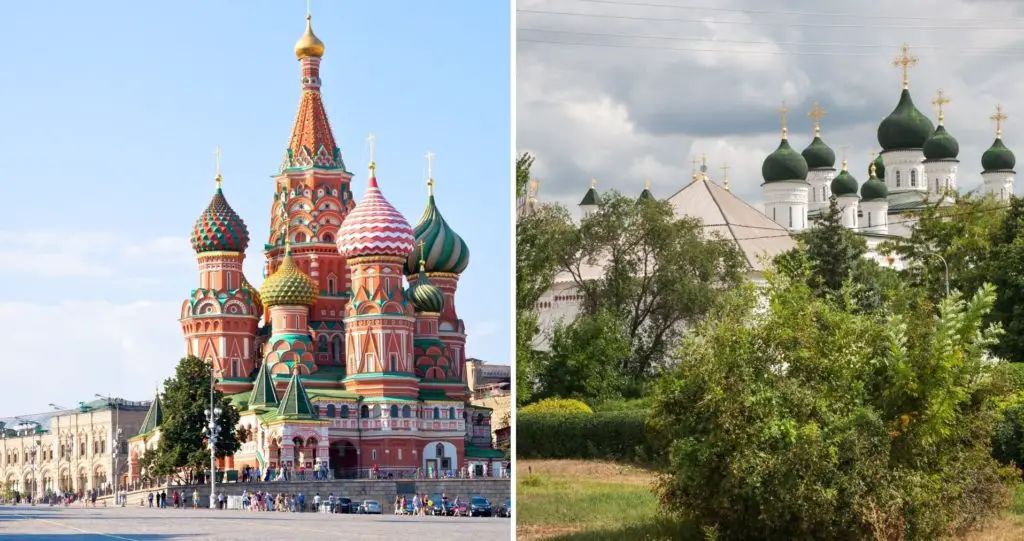
Another product that makes this city stand out is the watermelon, whose cultivation dates back to the VII and VIII centuries, being one of the most exotic flavours of the time, even receiving a medal in its honour, ordered by Peter the Great, who was fascinated by its flavour.
Such is the fame of the Astrakhan watermelon that it was given this name to defend its production. And they are given a special symbol so that people who buy their product know that it comes from this famous region in the south of Russia.
Pollution of the Volga River
According to a 2016 research report by the Natural Resources and Environmental Protection Service of Russia’s Astrakhan Region, the level of pollution in the Volga River has reached a critical state.
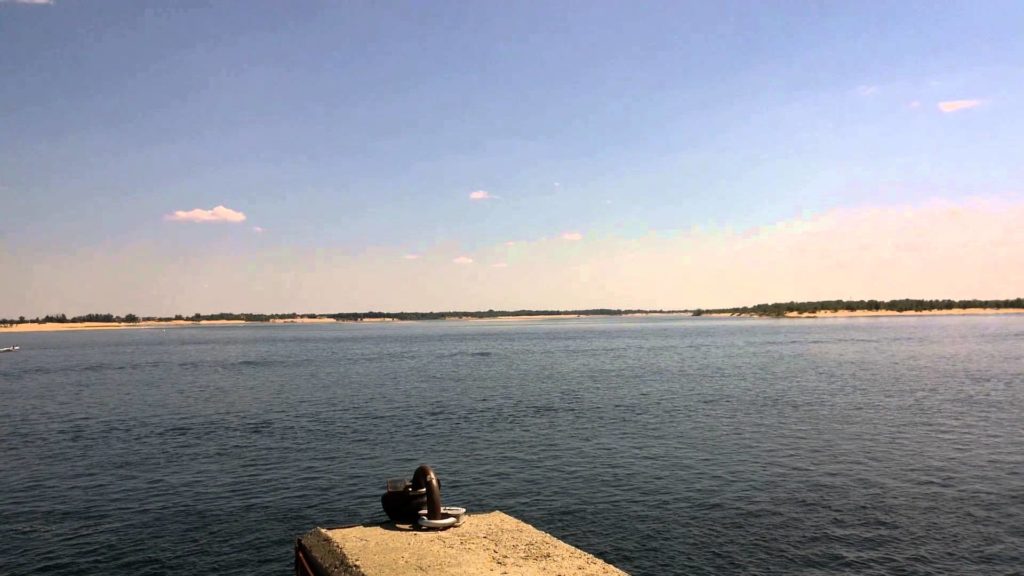
It was observed that in 2016 there was an increase in the permissible concentration limits of oil and its derivatives in river water compared to the same study carried out in 2015. Worse still, the concentration of these pollutants continued to increase throughout 2016.
Iron, mercury and nickel are among the pollutants found in the highest concentrations. In early August this year, Russian Prime Minister Dmitry Medvedev issued an order for the immediate implementation of a programme to clean up the Volga.
According to the Russian Ministry of Nature, the Volga clean-up programme will cost about 34.4 billion roubles, or about $580 billion.

According to very recent information from November 2017, a regional project for the protection and prevention of pollution of the Volga River has been formed. It is planned to spend about 15 billion roubles to clean up the Volga.
Financing has been identified from federal, regional and local funds with the participation of extra-budgetary funds. It is expected to be approved by 1 March 2018. Among the works to be carried out is the treatment of wastewater, which is expected to be reduced nine times by 2025.
At a meeting in Volgograd on 8 August 2017, attended by Russian Prime Minister Dmitry Medvedev, dedicated to the protection, pollution prevention and rational use of the Volga, it was decided that a federal programme to clean up the Volga would be implemented by 2025. The cost will be 257 billion roubles.
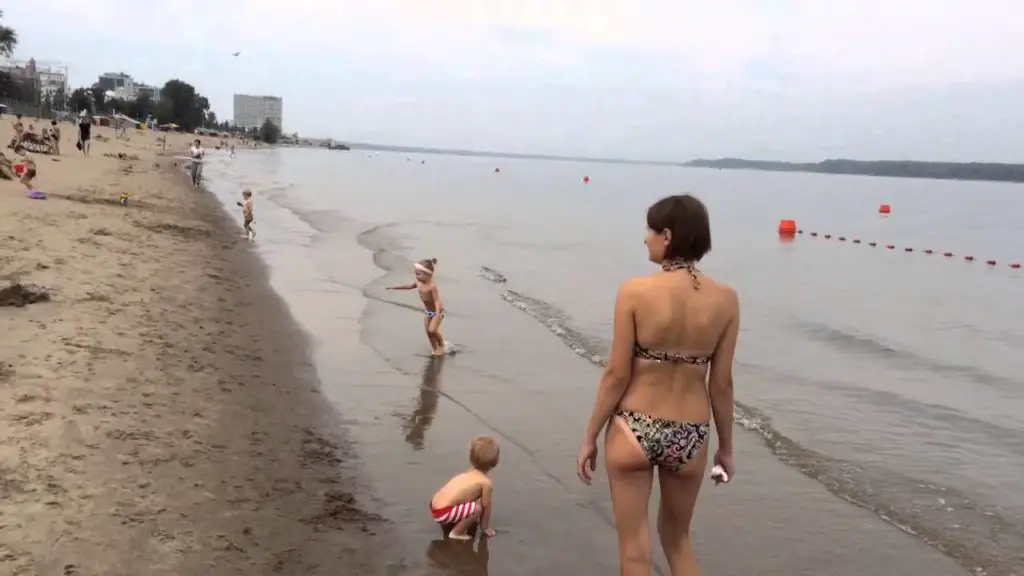
It gave the Ministry of Nature and related agencies responsibility for working on environmental issues, including the protection of the Volga River basin, especially in resource conservation and tourist areas.
Curiosities
Where is the Volga? We have already mentioned that the Volga River is located on the European continent and that it is the longest river on the continent with a length of more than 3600 km flowing through Russia.
Some curiosities about the Volga are:
- Its mouth is exactly 28 metres below sea level.
- The Volga has more than 200 tributaries, mainly the Kama, Oka, Vetluga and Sura.
- About half of Russia’s population lives near the Volga basin, and half of the country’s population farms along the river.
- Many Orthodox sanctuaries and monasteries are located on the banks of the Volga.
- Some of the world’s largest reservoirs are located along the Volga.
Now, how about we get on our boat and take a divine ride on the waters of the Volga River, enjoy!…

